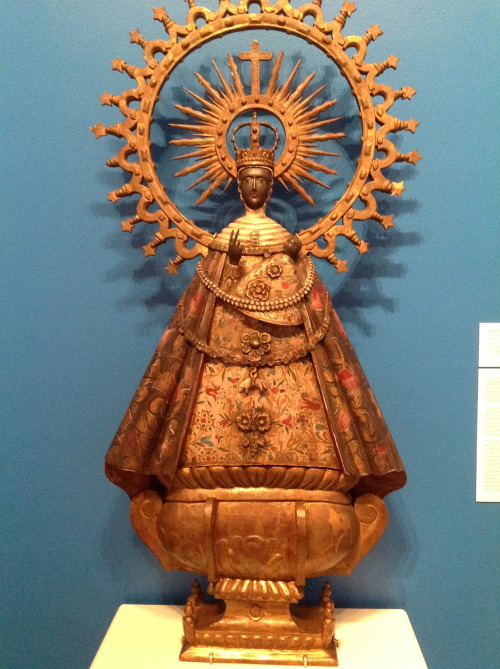Making it with Art Cloth Network
 Friday, January 11, 2013 at 01:25PM
Friday, January 11, 2013 at 01:25PM 
I belong to several big national fiber art groups, a couple of regional/local groups and one special art cloth group, national in scope, but limited in size. ACN offers a really particular and personal experience to its members. And, while the requirements are fairly demanding, very specific and targeted for the encouragement of making complex, beautiful fabrics, the actual breadth of members work is astounding and inspiring.
Its not a group for those who want lots of benefits without putting in time and effort, but the friendships and support that this group have built for me are remarkable and enlightening, despite the occasional fracas and foment that comes with the territory (herding cats, right?)
Jeanne Sisson, membership chair, sent this out today. Look at the info, the member pages, and if it seems to be something that appeals, follow up with a request for information.
From Jeanne:
The Art Cloth Network is open for new members! If you'd like information about the group, see our website at http://artclothnetwork.com.
The members of the Art Cloth Network find that the opportunities for community, conversation, sharing of techniques, inspiration, and resources benefit our art and creativity. We have recently increased our membership limits to 30 members in good standing, including those on formal leave. When the number falls below 30, we accept new member applications. We currently have openings for up to eight new members.
The current deadline for membership applications is March 15, 2013, and you can send in your application materials at any time prior to the deadline. You will be notified by April 15, 2013 whether your application has been approved.
Send a request to jeanne@jeannesisson.com in order to receive detailed information and application instructions (form website).






